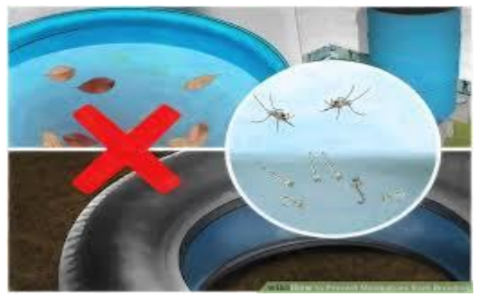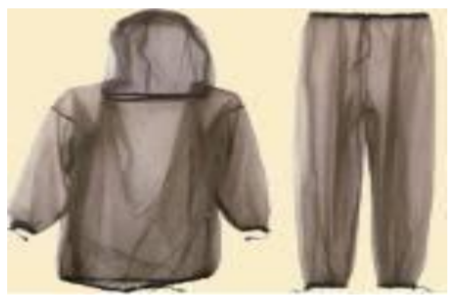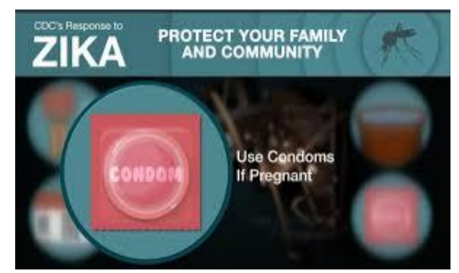Information
Journal Policies
Zika Virus: Spotlight
Vijay Sharma1*, Manish Agrawal2, Pavan Kumar Mittal3
2.Department of Veterinary Pathology,Institute of Veterinary Education and Research,Jaipur, Rajasthan, India.
3.Department of Veterinary Physiology and Biochemistry Post Graduate Institute of Veterinary Education and Research, Jamdoli, Agra Road, NH-11, Jaipur, Rajasthan, India.
Copyright : © 2018 Authors. This is an open-access article distributed under the terms of the Creative Commons Attribution License, which permits unrestricted use, distribution, and reproduction in any medium, provided the original author and source are credited.
Zika virus, a flavivirus, similar to dengue fever, largely transmitted to humans via the bite of infected Aedes aegypti mosquitoes but can also occur through intrauterine infection leads to microcephaly among newborns. A recent outbreak occurred in Jaipur, Rajasthan, India with total of 123 reported cases (Economic Times, October 21, 2018). Sexual transmission of virus has also been reported from infected men and women to their sexual partners via. anal, oral and vaginal route.
Zika virus was first reported in Uganda in 1947 in monkeys, later identified in humans in 1952. The first large outbreak of disease caused by Zika infection was reported from the island of Yap in 2007 (WHO).
Symptoms of the virus include mild fever, headache, and rash, itching all over the body, joint pain (with possible swelling, mainly in the smaller joints of the hands and feet), lower back pain, conjunctivitis (red eyes) and last around two to seven days. In adults, it cause Guillain-Barré syndrome (GBS).
Diagnosis of Zika can be done through a blood test. The Centers for Disease Control and Prevention provides an updated list- (http://wwwnc.cdc.gov/travel/notices/) of countries where Zika outbreaks have occurred. Pregnant women should take precautions to prevent mosquito bites and also speak to their obstetrician-gynecologist if she travels to an affected area.
There is no specific treatment for Zika virus. Drinking plenty of water and taking paracetamol may help relieve from the disease.
There is currently no vaccine or antiviral treatment for Zika disease so, efforts have focused on preventing mosquito bites and advising pregnant women to avoid areas of Zika virus transmission. Educate to patients about preventive measures of Zika offers the best option to avoid Zika virus infection. There are following some simple steps to protect yourself and your loved ones from the Zika virus:
References
- Borchardt, Roy A.PA-C, PhD. Zika virus: A rapidly emerging infectious disease. Journal of the American Academy of PAs: April2016-Volume29-Issue4-p48–50.
- Centers for Disease Control and Prevention. (http://wwwnc.cdc.gov/travel/notices/)
- World Health Organization – Zika virus fact sheet.(http://www.who.int/mediacentre/ factsheets /zika/en/).
- Health alert - Updated Zika Testing Guidelines. (http://www.dshs.texas.gov/news/releases/2018/ Health Alert-04022018.aspx)








